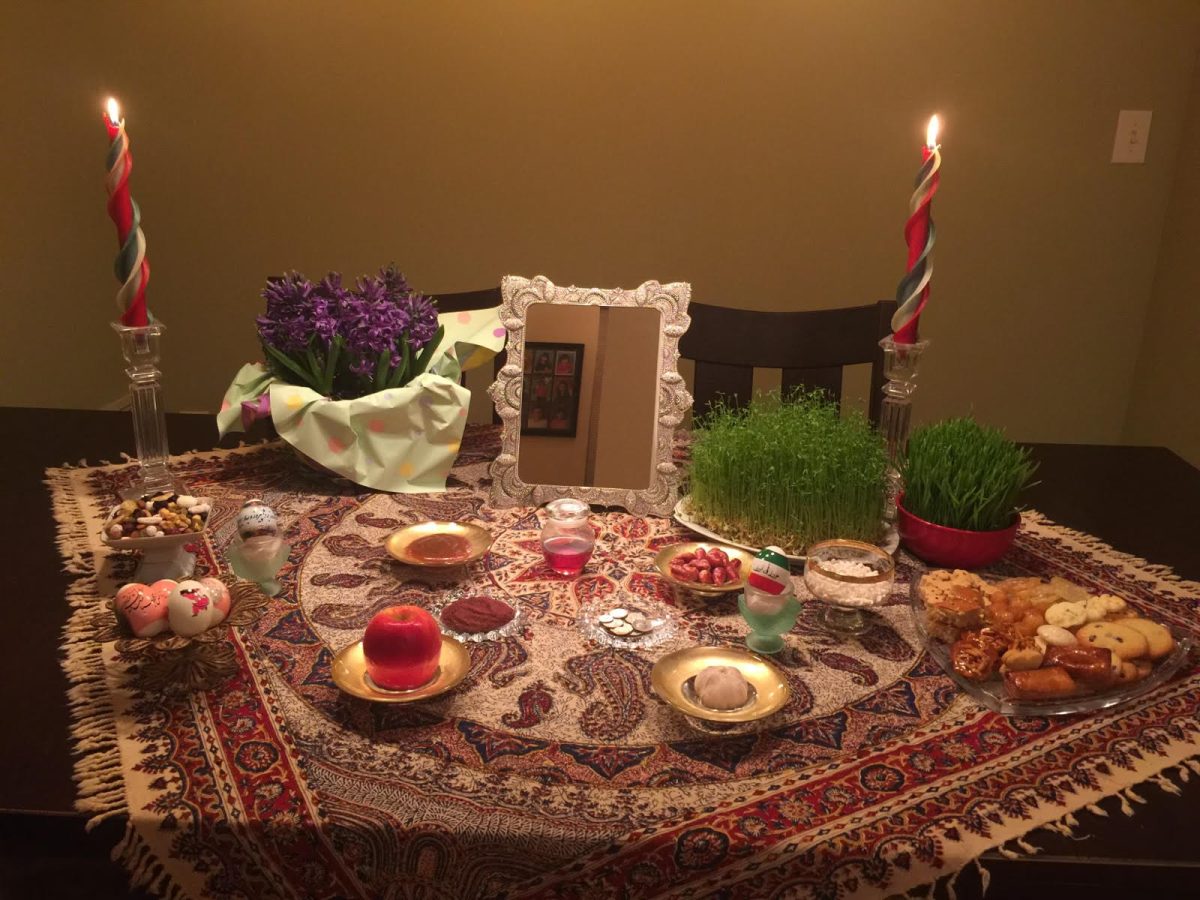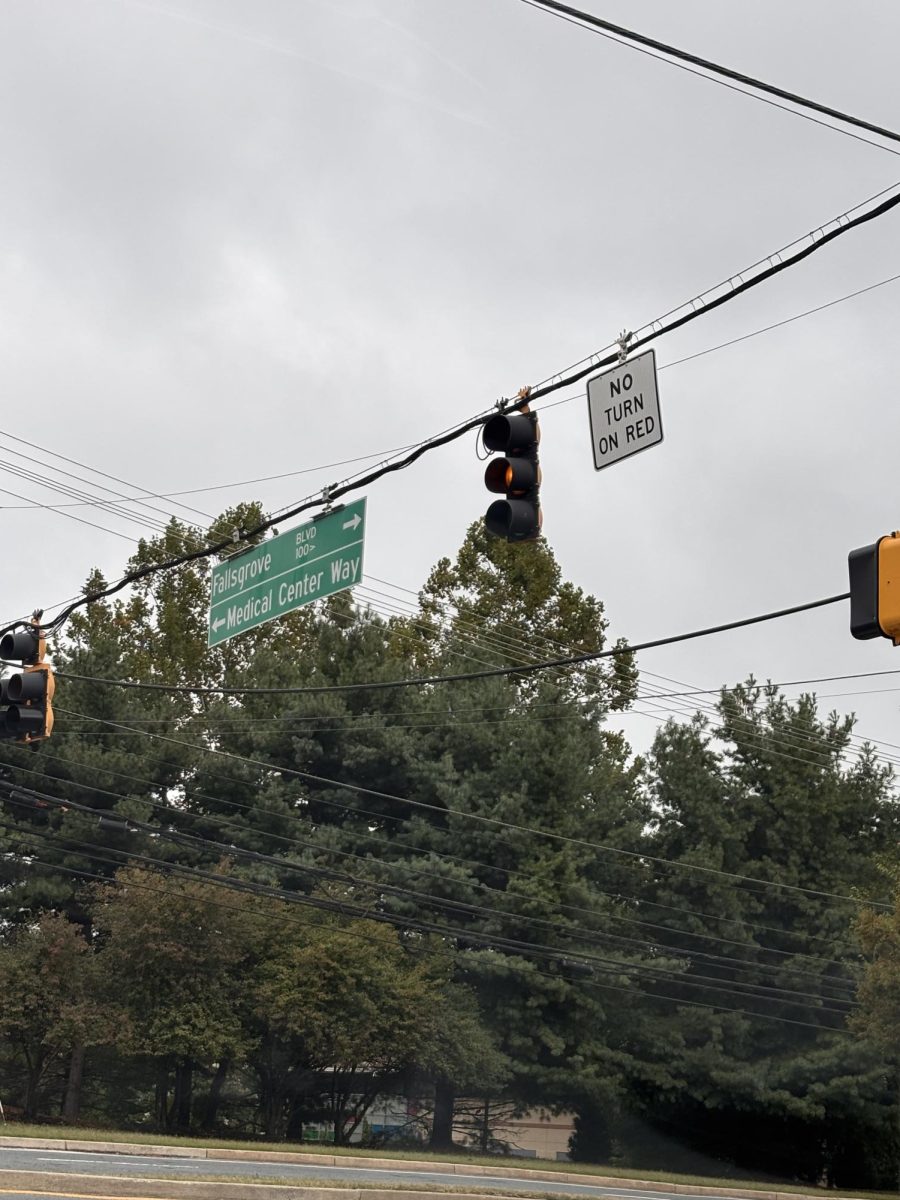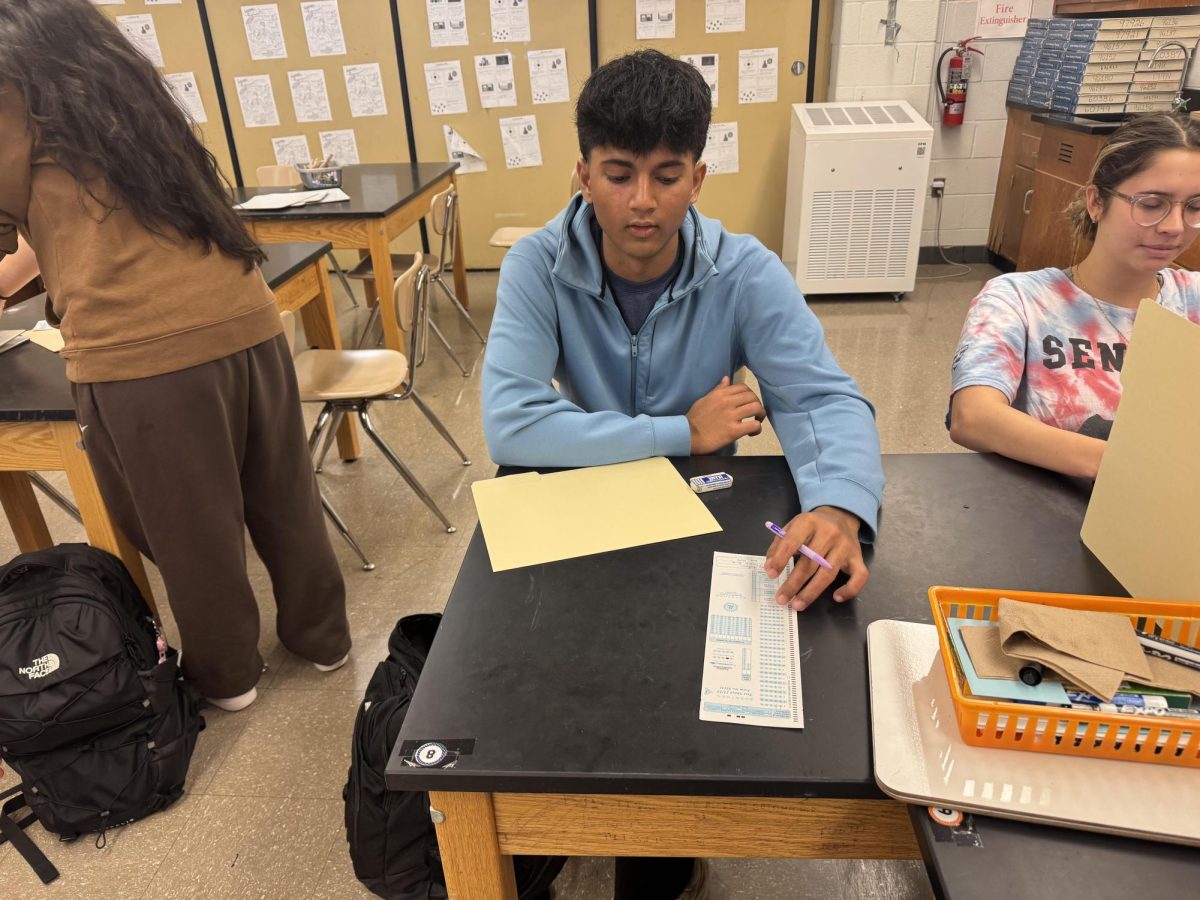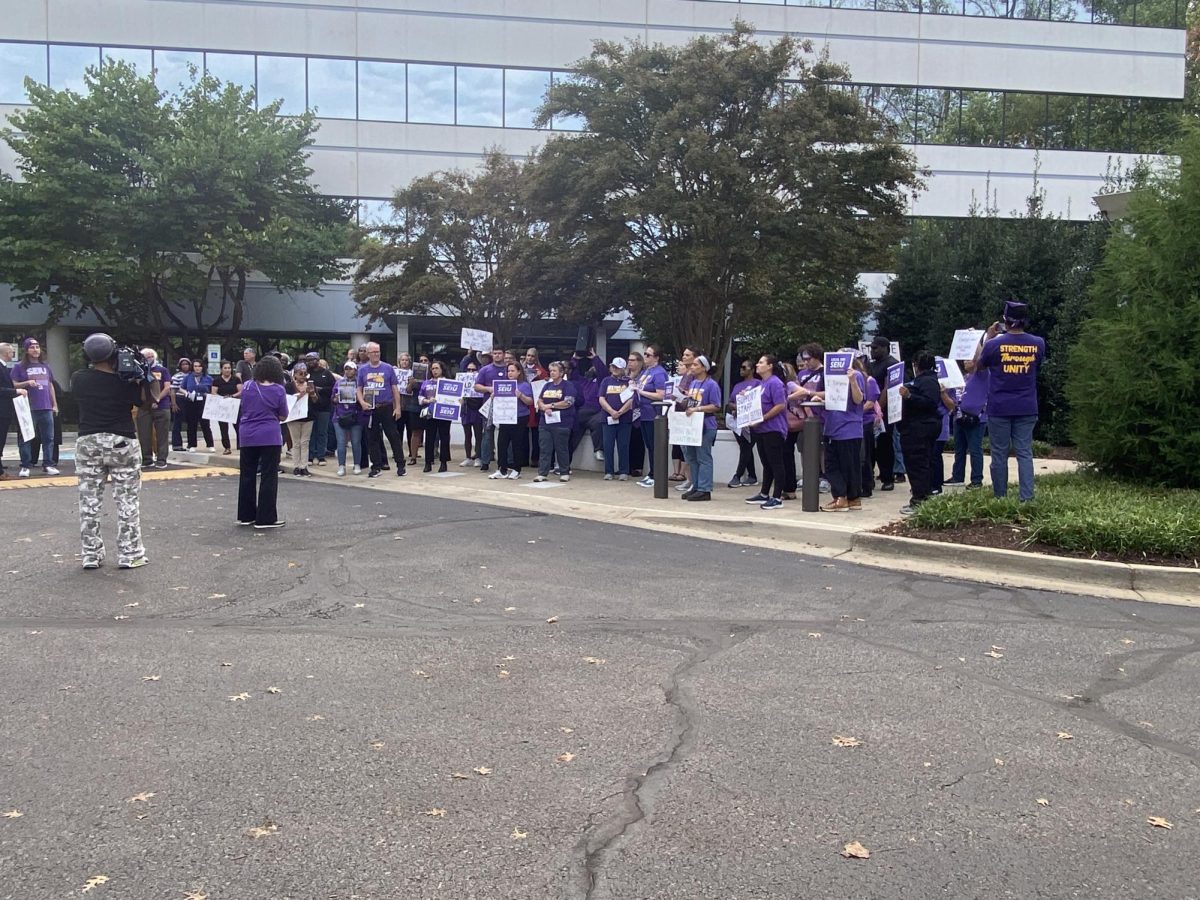The Persian New Year, Nowruz, means “new day” and marks the first day of spring, usually on Mar. 21. Nowruz has been celebrated for over 3,000 years and is rooted in Zoroastrianism, an ancient Iranian religion.
The first ritual is called Chaharshanbe Suri, a fire festival before Nowruz. Chaharshanbe means Wednesday in Farsi and occurs on the last Wednesday of the year before the vernal equinox. Suri means red or scarlet and represents the main event, the fire. During this time, people participate in a “purification process” by jumping over bonfires at sunset and singing“sorkhi-ye to az man, zardi-ye man az to.” This chant translates to “Your fiery red color is mine, and my sickly yellow pallor is yours.” Zardi represents sickness and paleness with a lack of warmth from the fire. Jumping over the fire transfers the troubles into and out of the body.
Additionally, children participate in spoon-banging, which involves creating sounds with pots and pans throughout the streets. The creation of loud noises is thought to ward off bad spirits for the New Year. Another activity during Chaharshanbe Suri is Smashing the Pot (kuza sekani), which is the practice of smashing clay pots filled with nuts or sweets to bring good luck. Fortune telling or (fal) is also popular in predicting fortunes for the new year. Burning the rue (esfand) is another spiritual practice during this day that is considered to be protection against the evil eye and other evil spirits. Rue and salt are thrown into the fire while people recite rhymes.
An important part of Nowruz is the Haftseen centerpiece, which includes seven items (haft) that all start with the letter s (seen) and represent resurrection and rebirth put on a tablecloth and laid on the floor or a table. Apples (sib), wheat sprout pudding (samanu), vinegar (serkeh), dried lotus tree fruit (senjed), crushed spice (sumac), garlic (sir) and wheat or barley sprouts (sabzeh). People usually incorporate other items on the table, such as goldfish, a mirror, sweets, candles, coins, eggs and hyacinths. “Nowruz to me means rebirth and the coming of spring and nature,” senior Arshia Ahmadi said. “All the trees are being reborn, and the same with life to start new goals and reach higher than you did before.”
In ancient traditions, Persians offered the Haftseen to the seven Ameshaspands, who were believed to look after the seven creations. There are 12 Ameshaspands, but only seven reveal themselves. In Zoroastrianism, Ahura Mazda is the creator of the universe, along with six divine entities.
While gift-giving is common on many holidays, on Nowruz, typically, elders give eidee money to the youth to symbolize wealth and prosperity. During this day, close friends and family visit, and the visits are reciprocated as a sign of respect. “My parents and I invite my grandparents and uncles, sometimes my cousins over,” sophomore Maryam Mohebi said. “We all just talk and have a reunion.”
Amu Nowruz or Uncle Nowruz, is a character originated from Iranian folklore that appears on Nowruz. Amu Nowruz is an old man with a white beard similar to Santa giving gifts and telling stories to kids. His companion, Haji Firooz, entertains for money and spreads joy, his name characterizing him as a friendly figure and “pal.” Typically, he has a red costume, a tambourine, and a blackened face. Haji Firooz’s notable blackface causes debate on its racist undertones. The history of this character is unclear as it is not clear whether he has Zoroastrian origins or was created after slavery was abolished in 1929. He is said to be a representation of Iran’s history of slavery. Those slaves were South Asian and East African and were referred to as siyah, which is the color black. Defenders of Haji Firooz believe he is a reincarnation of Siavash in the Shahnameh, which is an epic book of poems during the Zoroastrian era. Siavash is a prince who symbolizes innocence, and his blackened face symbolizes death. Another theory is that his face is covered with soot, connecting to the theme of fire.
On the 13th and last day of Nowruz, Persians celebrate Sizdah Bedar, which means “getting rid of the ominous of the day 13.” In Zoroastrianism, Ahriman represents an evil spirit or the devil that gives negative thoughts and feelings that are believed to be cleansed through joy and laughter. Sizdah Bedar represents shedding negativity and bringing together communities. Usually, the day is spent picnicking, grilling food, playing music and dancing. “During Sizdah Behdar, my family plays volleyball in a park,” Ahmadi said. “It’s a lot of fun, and you get a lot of good food.”
The first 12 days of Nowruz symbolize each month in the year with the 13th day representing the return to ordinary life. At the end of the day, the sabzeh from the Haftseen is thrown away to rid all bad omens coming into the New Year. In this ritual, the sabzeh is a collection of a family’s negativity, and releasing it signifies a fresh start.
There isn’t one way to interpret or celebrate Nowruz, and it isn’t limited to Persians. “Iran is a melting pot of different cultures,” Ahmadi said. “There are a lot of different ethnicities, but at the same time, there’s unity.”








